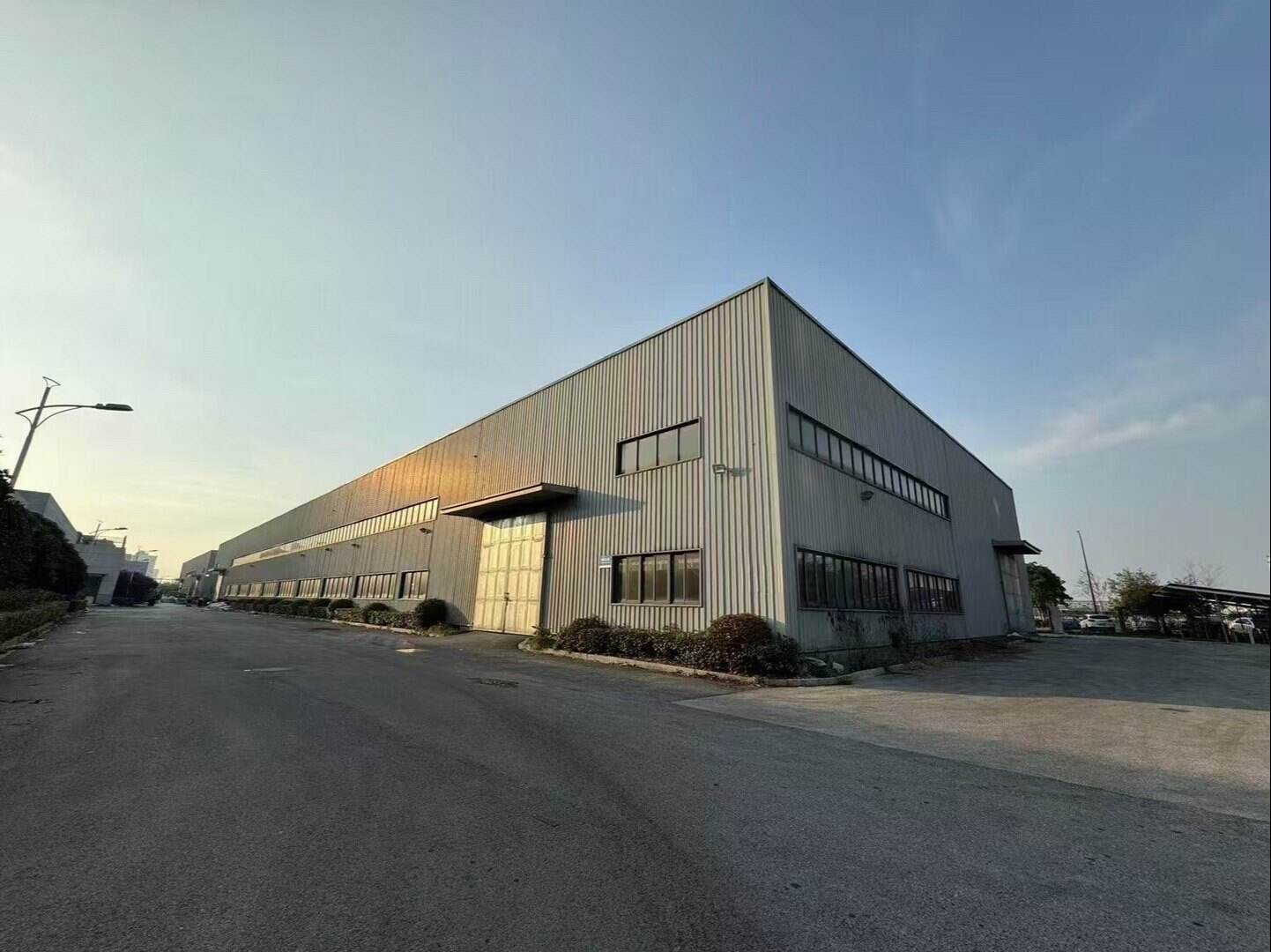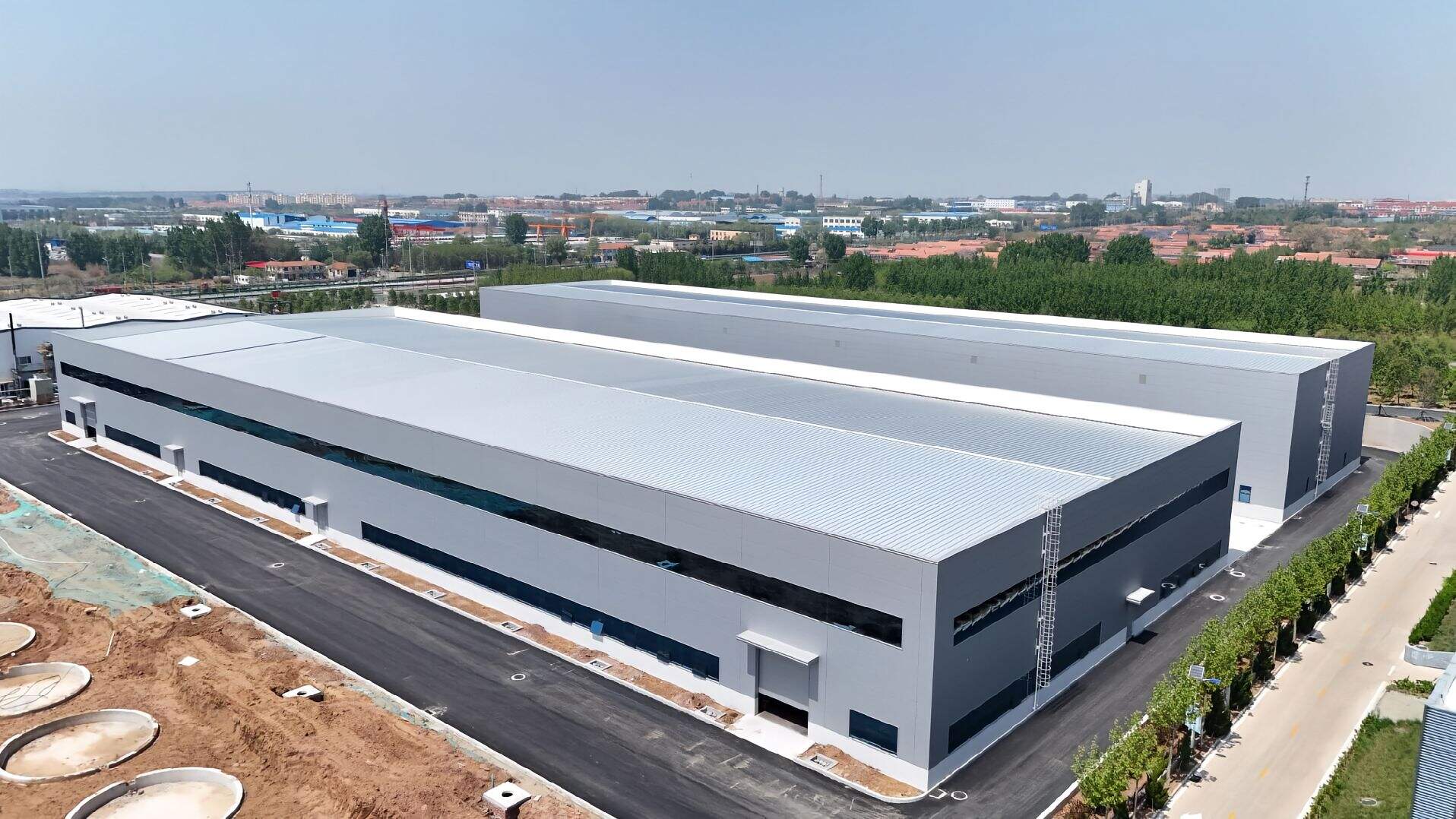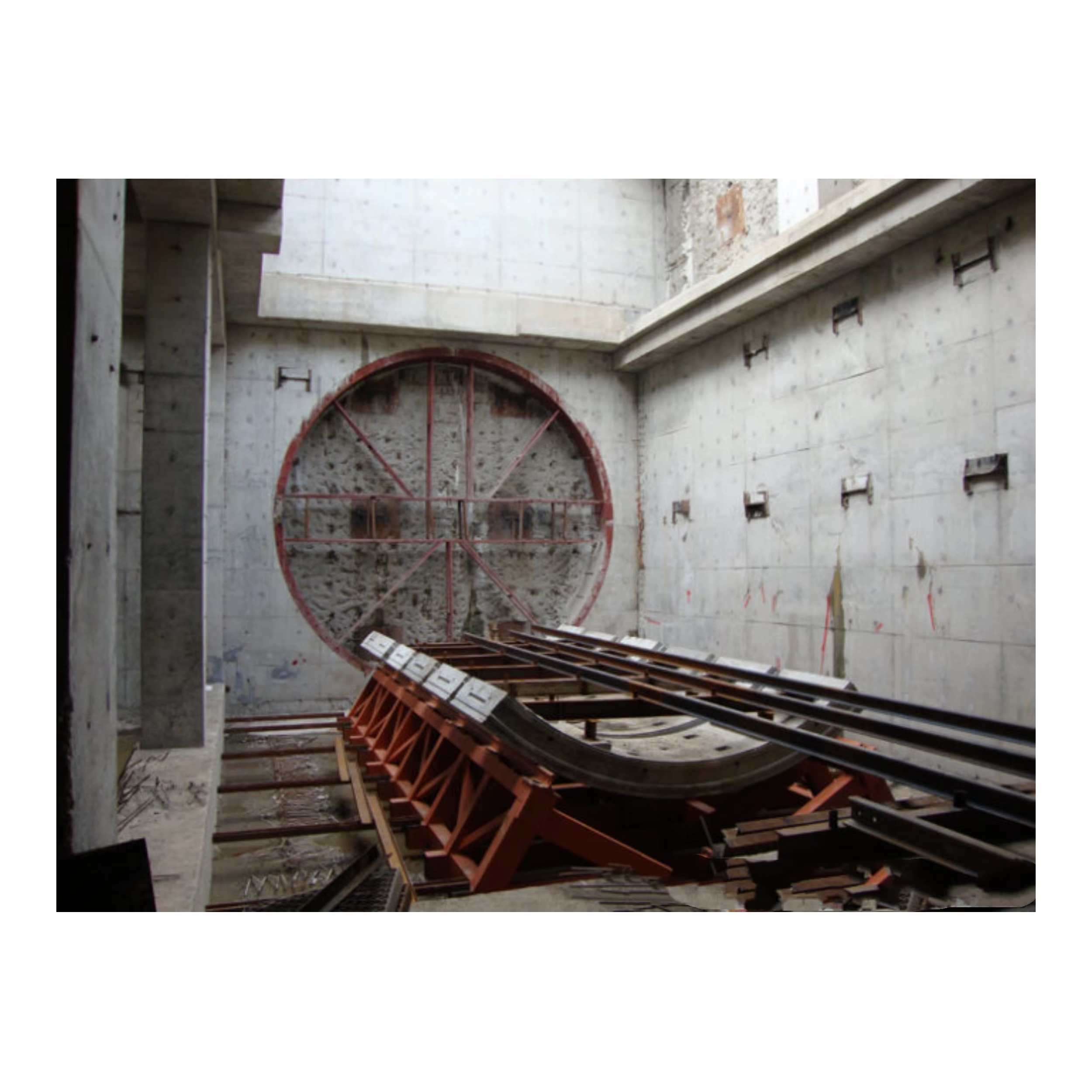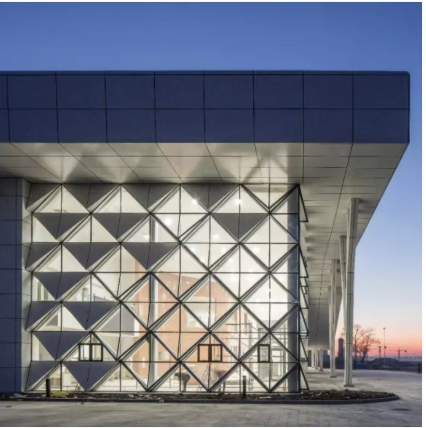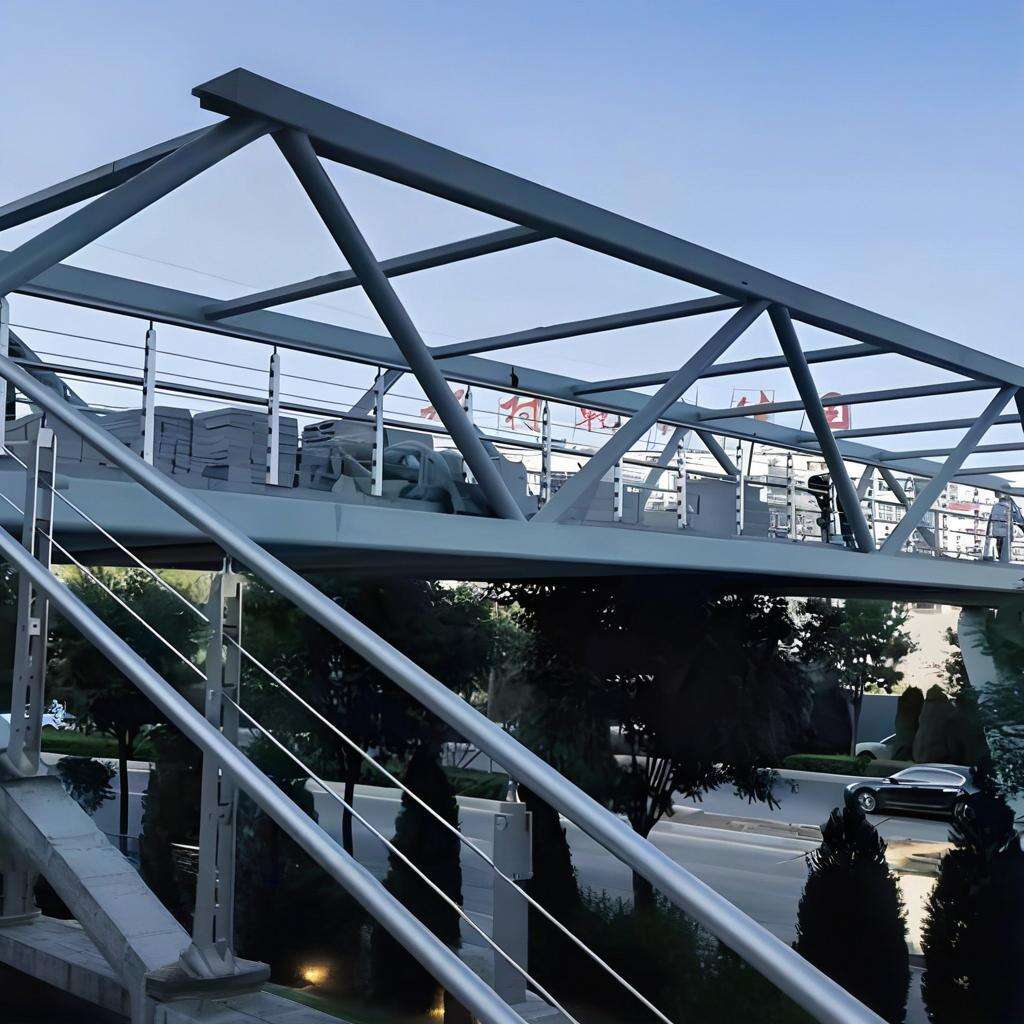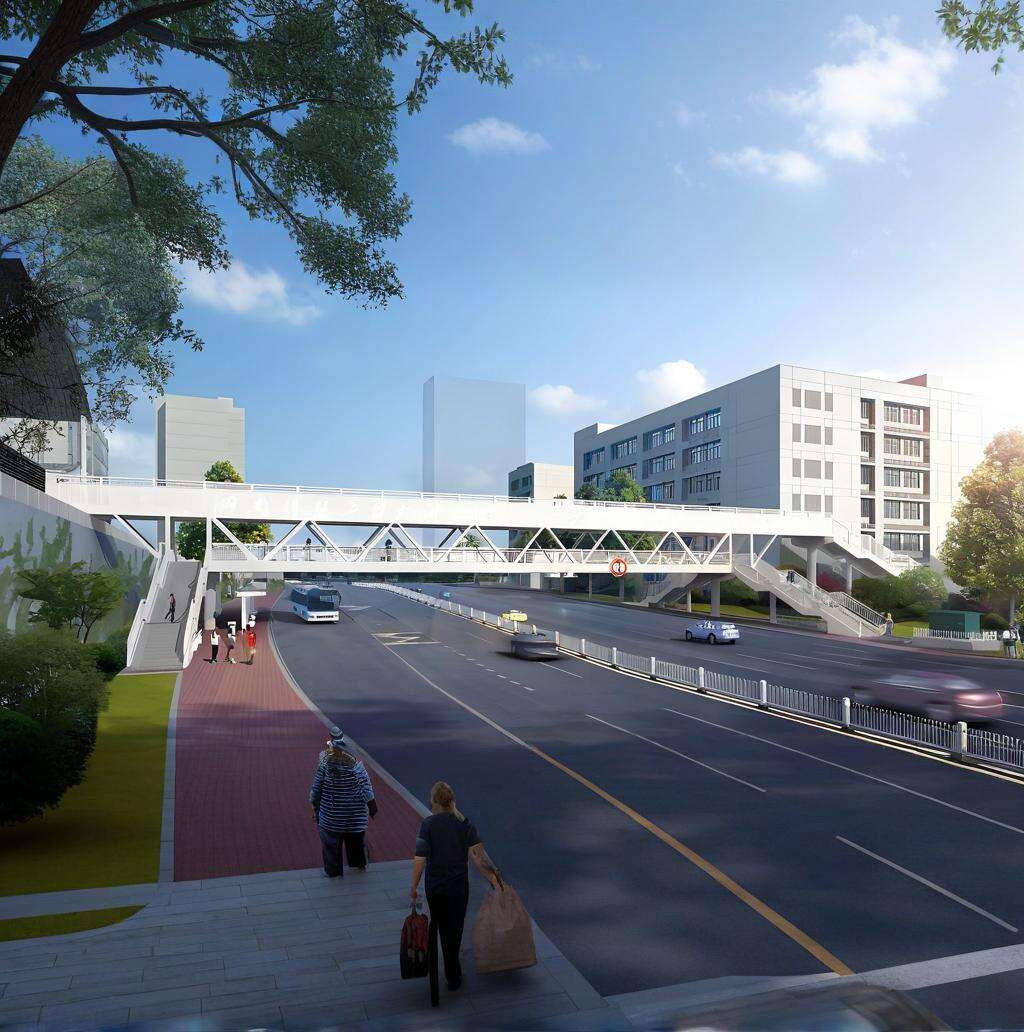rigid frame bridge
A rigid frame bridge represents a sophisticated engineering solution where the deck and supporting elements form a continuous, integrated structure. This design creates a seamless connection between horizontal and vertical components, eliminating the need for separate bearings and joints. The bridge's primary structure consists of a horizontal deck member rigidly connected to vertical or inclined legs, forming a monolithic frame that efficiently distributes loads throughout the entire structure. These bridges excel in spanning intermediate distances, typically ranging from 40 to 300 feet, and are particularly effective in situations requiring minimal vertical clearance. The rigid frame design enables forces to be transferred through the rigid connections, resulting in a highly efficient structural system that optimizes material usage. This bridge type is particularly well-suited for highway overpasses, railway crossings, and urban infrastructure where aesthetic appeal combines with structural efficiency. The construction process typically involves cast-in-place concrete or steel fabrication, with modern methods allowing for prefabricated elements to speed up installation. The design's inherent stability and durability make it a preferred choice for locations with challenging geological conditions or seismic activity.







